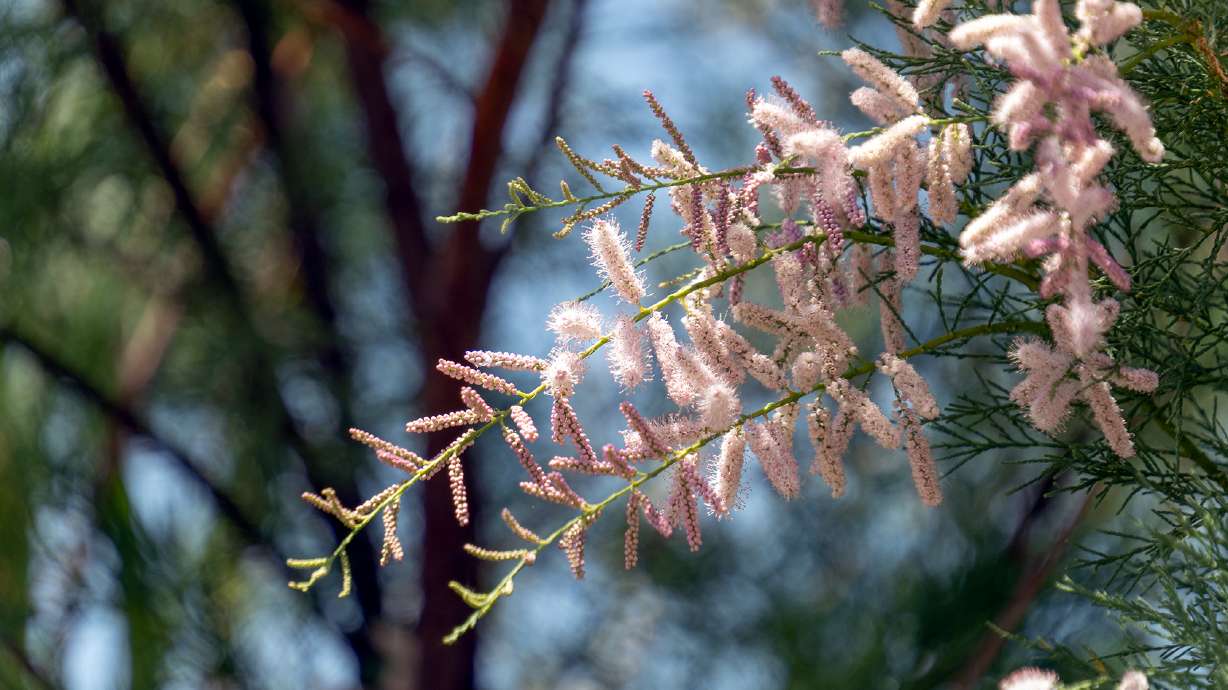Estimated read time: Less than a minute
This archived news story is available only for your personal, non-commercial use. Information in the story may be outdated or superseded by additional information. Reading or replaying the story in its archived form does not constitute a republication of the story.
ST. GEORGE — Tamarisk are highly flammable trees that can increase flood risk and soil salinity along the Virgin River and throughout the Colorado River Basin, but an endangered bird species taking up roost in their branches has complicated management of this otherwise destructive, invasive species.
Tamarisk, native to Eurasia and Africa, was introduced to the U.S. in the 1800s to control Dust Bowl-related erosion. Since then, it has spread across North America and the West, growing in watersheds throughout the Colorado River Basin. The trees, also known as salt cedar, are hardy and can grow in unexpected places.
Steve Meismer, a local coordinator with the Virgin River Program at the Washington County Water Conservancy District, told St. George News about myriad problems faced by wetland ecology when tamarisk take root.
"It's kind of like the cockroach of the plant world in many respects because it has that ability to just grab hold and grow in many different places. … I've literally seen tamarisk — 2 feet tall — growing in the gutters on St. George Boulevard," Meismer said.








